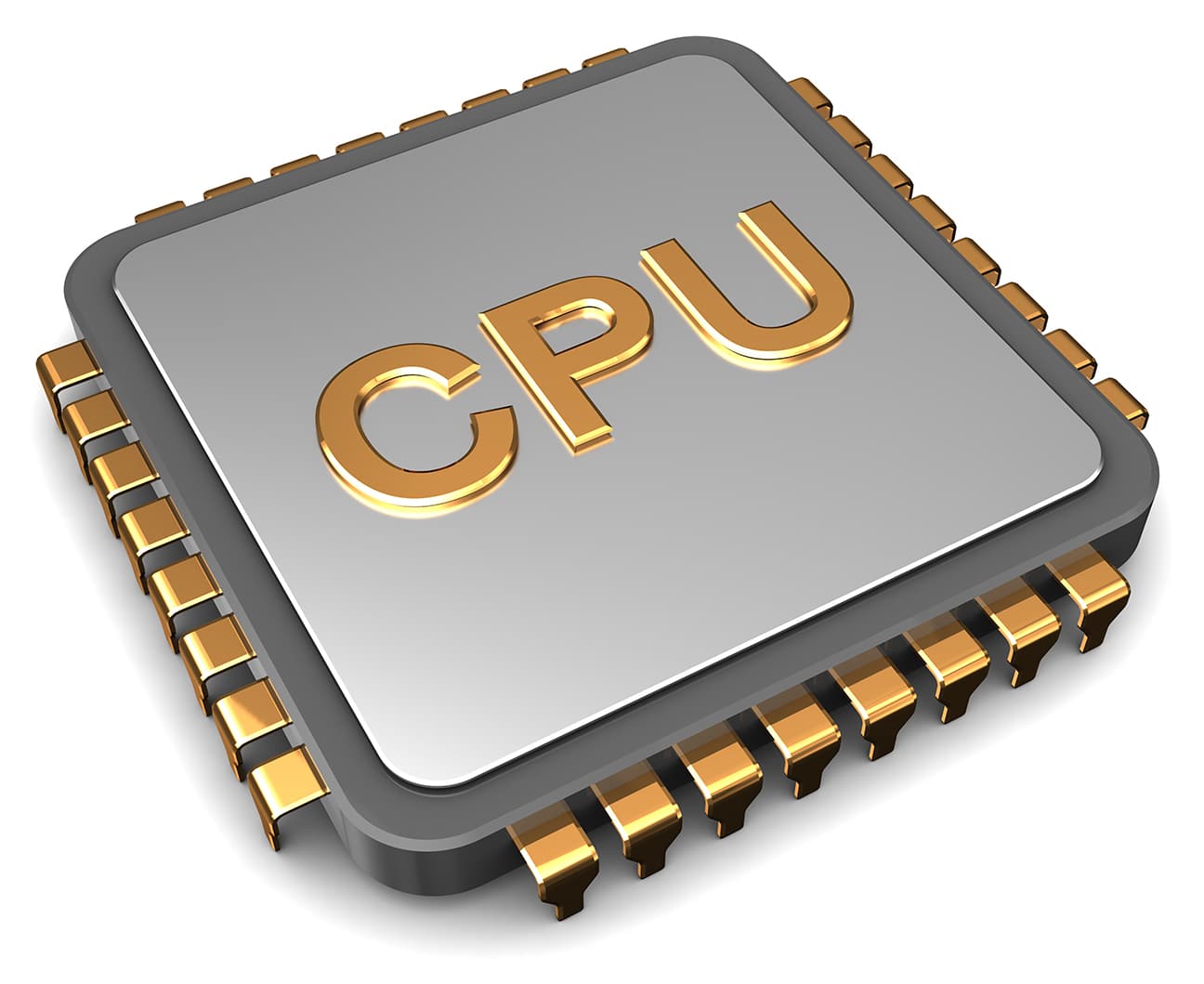The CPU
The CPU's ability to perform these functions quickly and efficiently is a critical factor in determining a computer's overall performance. Different types of CPUs exist, each with varying capabilities, architectures, and clock speeds, to meet the specific requirements of various computing tasks and applications.

Instruction Execution:
The CPU is responsible for executing program instructions stored in memory. These instructions can be arithmetic and logical operations, data manipulation, or control instructions.
Arithmetic and Logic Operations:
The CPU performs mathematical calculations (addition, subtraction, multiplication, division) and logical operations (AND, OR, NOT) to process and manipulate data.
Data Fetch and Storage:
The CPU retrieves data from memory (RAM) and storage devices (e.g., hard drives or SSDs) and stores data in registers or caches for fast access during processing.
Control Unit:
The CPU's control unit manages the execution of instructions, directing data flow within the CPU and controlling external devices. It interprets and decodes instructions, fetches the necessary data, and coordinates the execution of tasks.
Instruction Pipeline:
Many modern CPUs use instruction pipelines to optimize performance. This involves breaking down instruction execution into multiple stages, allowing the CPU to work on multiple instructions simultaneously.
Branch Prediction:
CPUs often predict the outcome of conditional branch instructions (e.g., if-else statements) to speculatively execute instructions, improving performance by reducing stalls.
Cache Management:
CPUs have various levels of cache memory (L1, L2, L3) to store frequently used data and instructions for quick access, reducing the need to fetch data from slower memory or storage.
Interrupt Handling:
The CPU manages interrupts, which are signals from hardware or software that require immediate attention. It can switch between different tasks efficiently, responding to interrupts as needed.
Clock Control:
The CPU synchronizes its operations with a clock signal, ensuring that instructions and data are processed at a controlled rate. The clock speed, measured in Hertz (e.g., gigahertz), determines the CPU's processing speed.
Virtual Memory Management:
The CPU plays a role in managing virtual memory, which allows a computer to use more memory than is physically installed by using a combination of RAM and disk storage.